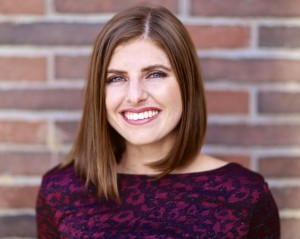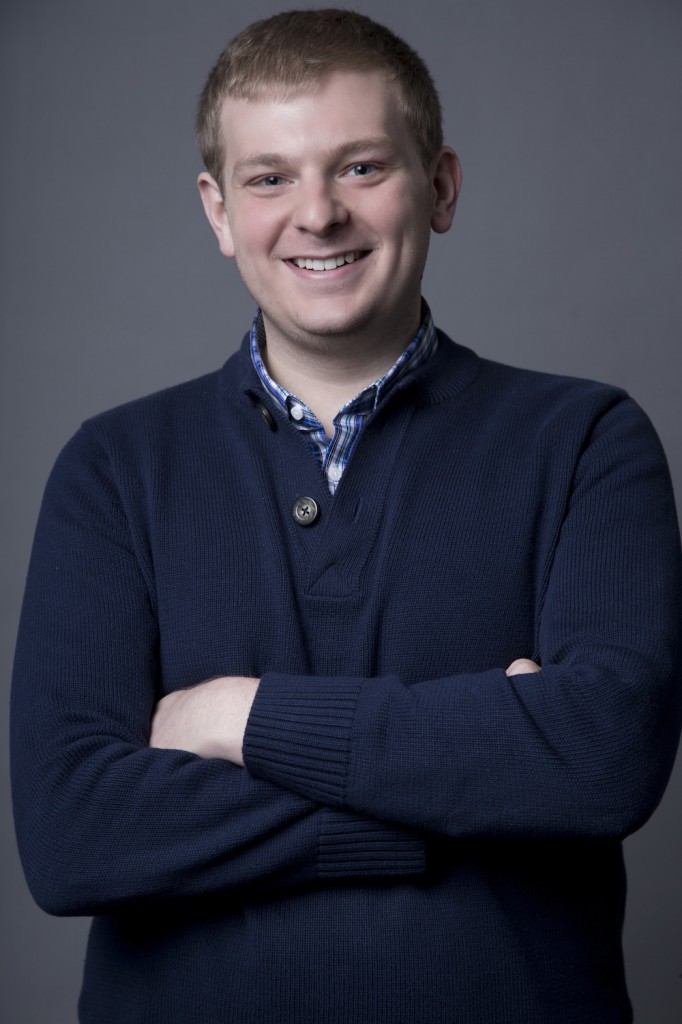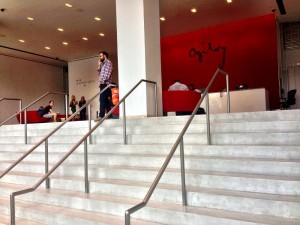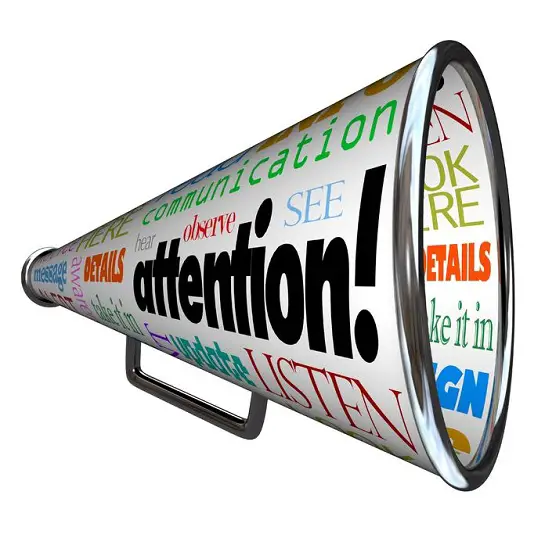 How many clichés have we heard about perception? “Beauty is in the eye of the beholder.” “It’s the thought that counts.” Or a slightly deeper and personal favorite, “The difference between a flower and a weed, is a judgment.”
How many clichés have we heard about perception? “Beauty is in the eye of the beholder.” “It’s the thought that counts.” Or a slightly deeper and personal favorite, “The difference between a flower and a weed, is a judgment.”
Our perception of the world around us influences our reality in more ways than we can imagine. And I think recognizing this, that the way we look at a situation can either improve or worsen our experience, gives us a great deal of power that few tap into.
Take rejection for example.
Rejection is often seen as a bad thing. And people aren’t wrong; it hurts to not get the raise you were hoping for, the dinner date you’d been looking forward to, the media placement you put SO MUCH time and energy into. Having to turn off the happy-ending movie of expectations playing on repeat in your head really, really sucks. No one likes being told “no.”
But there is a power in understanding the significance of the situation. If we can shift our vision of failure from a dead-end street, to instead an alley with many alternatives, we gain the ability to mold our future into something not only desirable, but preferable. Rejection doesn’t have to immobilize you into a mere spectator.
No, things may not be going according to plan… So what are you going to do about it?
There’s an offbeat idea that floats around the outskirts of mainstream acceptance, that with every decision we make, those pivotal fork-in-the-road moments, there is a parallel timeline that continues without us. The “what if” timeline. It’s a repeated theme we find in movies all of the time. You fail to catch your train before an important meeting at work… You may lose the account and in turn your job, forcing you dig deep to find your true passion and make a new life for yourself. OR… You might find a way to keep your job, move closer into the city and end up meeting the love of your life next door. If either timeline is an equally viable option at the start, the possibilities in how drastically different your timeline could unfold is enticing… What if there were no wrong decisions? (If you haven’t already, watch Sliding Doors staring Gwyneth Paltrow circa 1998.)
Now, while I don’t recommend dwelling on the literal idea dual timelines, I have to wonder; why can’t we see rejection in this philosophical light?
Getting told no, when you step back and think about it objectively, is simultaneously getting told yes (or at least maybe) to a handful of doors that would’ve otherwise been closed had you never been rejected in the first place. It is the pivotal step in scientific theory! Hypothesis, test, fail, repeat until a solution is found. Rejection isn’t a period at the end of a sentence; it’s a semicolon that can guide you on to something better.
It’s all about the way you look at it.
Couldn’t rope an investor to help get your start up off the ground? That doesn’t have to be a bad thing. Think about this possible alternative: You’ll likely find an interim job and build your skillset in the meantime, continue to improve your start-up and perhaps meet your new business partner during the downtime. Then, without investors, you’d be free to run things your way, an option that would have never been available had the initial plan followed through.
This idea isn’t limited to the business world, either. Think about how, if you dropped your initial snap-perceptions of people, places or situations, how things would look different (perhaps even more friendly) to you.
Self-awareness of our perceptions can be an incredible superpower when used properly. When you recognize this, you won’t immediately act on those preconceived ideas of how you see the word “no.” You’ll pause. You’ll soak in both sides, and feel before reacting.
Understanding that there are always (at least) two sides to every story means accepting that our perception of reality is likely dramatically different from someone else who experienced the exact same thing. It’s a scary thought, but it’s also a little bit liberating when you think of how you can change your reality, simply by changing the way you interpret the things presented to you.
In life, you can’t move significantly forward without taking a few risks. And we all know that walking on those rocky, risky, unpaved roads typically comes paired with a few unexpected missteps along the way. If you can take these speed bumps in stride, looking for the next alternative route without getting stuck at a dead-end in the road, you’ll be able to handle whatever rejections may come your way. Because being unstoppable isn’t about receiving all green lights, but hitting red lights, stop and “Do Not Enter” signs and persevering onward anyway.
 Megan O’Neal graduated from UCLA in 2011 with a Bachelor of Arts in Communication Studies, emphasizing in mass communications. She is currently the PR Specialist at Marketing Design Group and volunteers with the National Multiple Sclerosis Society, freelancing for the public relations department. Connect with her on Twitter @megannenicole.
Megan O’Neal graduated from UCLA in 2011 with a Bachelor of Arts in Communication Studies, emphasizing in mass communications. She is currently the PR Specialist at Marketing Design Group and volunteers with the National Multiple Sclerosis Society, freelancing for the public relations department. Connect with her on Twitter @megannenicole.







